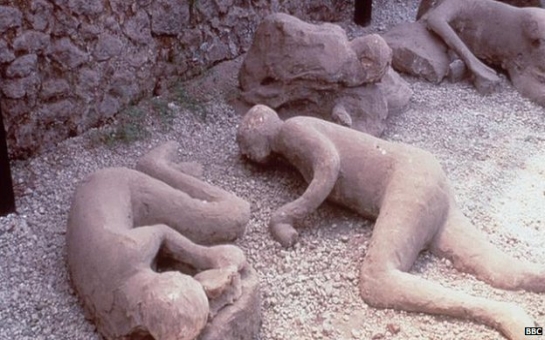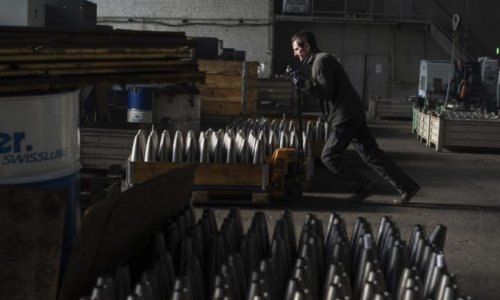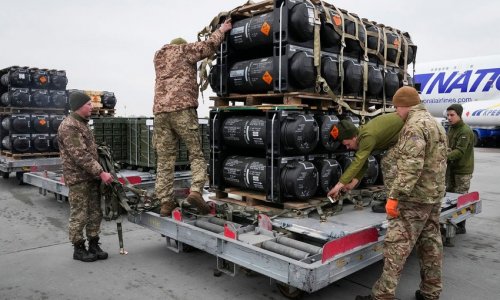The puzzle of how a 120-million-year-old animal graveyard in China formed may have been solved.
Scientists believe that the creatures from the lower Cretaceous era were instantly killed by volcanic eruptions similar to the violent blast that hit the Roman city of Pompeii.
Much like the residents of the city, the animals were entombed in ash and frozen in their death throes.
The study is published in the journal Nature Communications.
Lead researcher Baoyu Jiang, from Nanjing University in China, said: "Scientists have been curious for a long time in how these animals were killed and became exceptionally preserved."
The fossil beds of Liaoning province in north-east China, which date to 120-130 million years ago, have long baffled scientists.
Continue reading the main story
“
Start Quote
The preserved animals are characterised by entombment poses and showed evidence of charring”
Baoyu Jiang
Nanjing University
An eclectic array of animals - known as the Jehol Biota - have been unearthed there: they include the first-known feathered dinosaurs, early mammals, birds, fish and insects.
The site is so rich in fossils and well preserved that it has transformed palaeontologists' understanding of this ancient era, shedding light on evolution and the diversity of life at this time.
Buried together, they are remarkably well preserved - and the apparent victims of major deadly events.
Now scientists say eruptions were responsible.
The conifer forests and lakes where these animals once lived were surrounded by volcanoes, and the researchers believe deadly blasts would have sent a surge of incredibly hot gas, ash and rock - known as pyroclastic flow - across the landscape.
The team says this would have been similar to the eruption of Mount Vesuvius in 79 AD, which wiped out Pompeii.
Like the people who lived in the city, the ancient animals would have been killed in an instant, and then buried under a dense layers of ash.
The creatures are captured mid-movement, with their limbs flexed and spines extended.
The residents of the ancient city of Pompeii were killed instantly by a pyroclastic blast
The researchers believe the animals were found together because their carcasses were carried by the force of the explosion and deposited in the same area.
Dr Jiang said: "All the studied fossils are directly embedded within pyroclastic flows. And the preserved animals are characterised by entombment poses and showed evidence of charring, similar to those associated with victims at Pompeii."
The researchers say sediment in the fossil bed reveals that there were probably several eruptions that occurred during the lower Cretaceous, and most would have been small but extremely violent.
Commenting on the research Prof Mike Benton, a palaeontologist from the University of Bristol, said: "The new observations confirm and clarify what had been suspected.
"But the authors go a step further in suggesting that all the Jehol animals were killed, transported and exceptionally preserved by the pyroclastic flows."
He added: "This is quite a challenge to previous views that assumed most of the animals lived in and around the lakes in which they are found, and may have been transported in by regular rivers and other means."
(BBC)
ANN.Az











